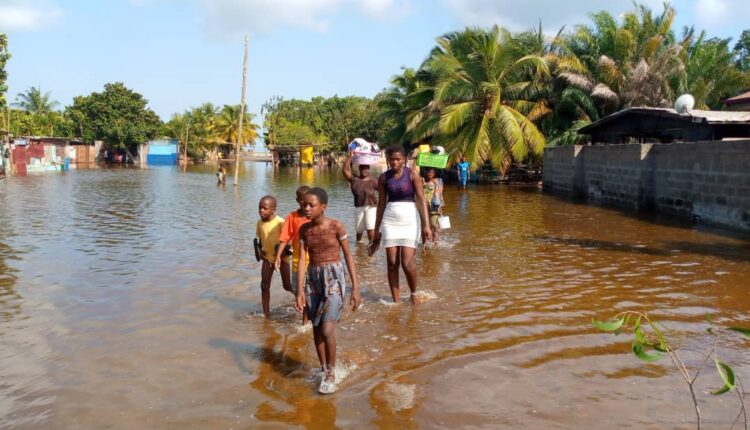Holistic approach needed to curb tidal wave menace
The country must adopt a dedicated and holistic approach in the quest to permanently curb the periodic tidal wave menace, Mr Daryl Bosu, the Deputy National Director of A Rocha Ghana, said on Tuesday.
He said that would require government to pay attention to high risk places and safeguard them from human settlements.
Mr Bosu said such high risk places also required heavy infrastructural investments to enhance their adaptation capacity and make them resilient to flooding.


